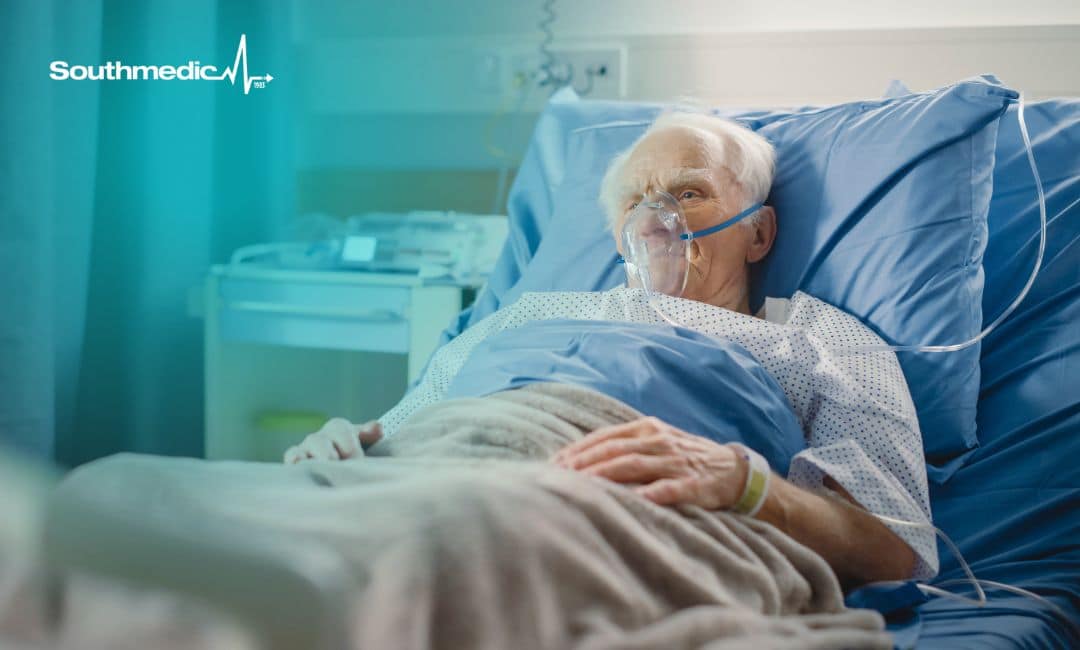Not all oxygen masks are created equal—and how oxygen is delivered can make all the difference.
For respiratory-compromised patients, small missteps in flow rates or mask selection can have life-threatening consequences. These aren’t just technical oversights—they’re moments that can determine a patient’s trajectory in minutes, especially when the wrong device is paired with the wrong flow setting.
A recent case study published in the Journal of Medical Case Reports illustrates this risk with sobering clarity. It details how the use of a traditional non-rebreather mask (NRB) at an insufficient oxygen flow rate led to carbon dioxide (CO₂) narcosis and, ultimately, a tragic outcome for a patient. While the intent was to support the patient’s respiratory needs, the method of delivery created an unintended and life-threatening situation—one that could have been prevented.
A Closer Look: When Oxygen Delivery Goes Wrong
The case centered on a 72-year-old man with chronic obstructive pulmonary disease (COPD) who presented to the emergency department with worsening shortness of breath and an oxygen saturation of just 81%. Emergency medical personnel appropriately initiated oxygen therapy using a non-rebreather mask at 10 L/min. However, not knowing if this patient had hypoxic drive, the flow rate was later reduced to only 4 L/min—a level far below what is required to flush the mask of exhaled CO₂.
Within just two hours, the patient’s condition deteriorated rapidly. He became unresponsive due to severe CO₂ retention and had to be intubated and mechanically ventilated. Despite intervention, he experienced further complications, including another episode where he was placed on NRB again at only 2lpm leading to a second intubation and repeated episodes of CO₂ narcosis. Sadly, the cumulative physiological effects of CO₂ buildup led to his death.
While this patient had COPD, the key takeaway extends beyond that diagnosis. The core issue was inappropriate oxygen delivery: the combination of a high-dead-space mask and insufficient oxygen flow. This is a critical consideration for any patient with impaired ventilation—including those with restrictive lung disease, neuromuscular conditions, or altered levels of consciousness.
The Complexity and Risk of Traditional Oxygen Delivery
Traditional oxygen delivery systems like non-rebreathers and Venturi masks are staples in acute care settings. However, their safe and effective use requires detailed knowledge of how each device functions and how it interacts with varying levels of oxygen flow. These systems often assume ideal conditions—but real-world scenarios are rarely that straightforward.
Traditional closed-in masks, like non-rebreathers, require oxygen flow rates that exceed a patient’s minute ventilation to prevent CO₂ from accumulating inside the mask. When flow rates are too low, patients can rebreathe exhaled CO₂, leading to hypercapnia, respiratory acidosis, and in severe cases, narcosis and respiratory failure.
This risk is amplified in patients with:
- Low tidal volumes, which reduce effective alveolar ventilation
- Blunted or altered respiratory drive, such as in chronic CO₂ retainers
- Acute or chronic pulmonary compromise, which already limits gas exchange
Even experienced clinicians can find themselves navigating complex variables in high-pressure environments. In these moments, devices that require precision tuning leave little room for error.
The Safer Alternative: Oxy₂Mask™
Oxy₂Mask offers a smarter, more adaptable solution. Engineered to reduce the risk of CO₂ rebreathing and eliminate the need for frequent mask changes, Oxy₂Mask simplifies oxygen delivery without compromising clinical outcomes.
Its patented open design allows continuous washout of exhaled gases, minimizing the risk of CO₂ accumulation even at lower flow rates. Clinicians can deliver a broad range of FiO₂—from 24% to 90%—through a single device, eliminating the need to swap between nasal cannulas, simple masks, Venturi systems, or non-rebreathers.
Unlike traditional masks that trap exhaled gases, Oxy₂Mask features an open design with directional flow and a single, patented diffuser. The diffuser creates a concentrated cloud of oxygen velocity vortices that are intentionally directed toward the patient’s nose and mouth, enabling more efficient delivery while allowing natural CO₂ elimination.
Key benefits include:
- Supports a broad FiO₂ range (24–90%) without changing devices
- Minimizes risk of CO₂ rebreathing without the need of remembering a mandatory minimum oxygen flow rate
- Improves clinician workflow by eliminating the need to switch between multiple mask types
- Comfortable and secure fit with minimal facial contact and better patient tolerance
- Enhanced safety and visibility, especially in settings that require better communication and patient observation
Oxy₂Mask is ideal for use in a wide variety of clinical scenarios—from emergency departments and ICUs to PACU and transport. It’s designed to meet the needs of patients requiring low to high FiO₂ without compromising safety, visibility, or comfort.
For respiratory therapists and frontline providers, Oxy₂Mask represents a practical and evidence-aligned step forward in simplifying oxygen delivery while safeguarding against preventable harm.
Clinical Implications: A Call for Simpler, Safer Solutions
This case is a powerful reminder that even a routine intervention like oxygen therapy carries significant risk if the tools aren’t designed with safety and simplicity in mind.
In patients with compromised respiratory function, things can go downhill quickly. In the case discussed, the patient became unconscious within just two hours of receiving 4 L/min through a non-rebreather mask—a rate insufficient to prevent CO₂ rebreathing.
As demands on healthcare systems increase and clinicians face growing time pressures, the margin for error narrows. That’s why it’s essential to evaluate not just how oxygen is prescribed, but how it’s delivered. Devices like Oxy₂Mask that support a range of FiO₂ levels and minimize the need for clinical guesswork can help prevent avoidable harm.
Now is the time to reassess: Are the oxygen delivery systems in use today designed for modern workflows and variable staffing conditions? Or are we still relying on tools that leave clinicians with too much room for error?
Read the full case study:
“Carbon dioxide narcosis due to inappropriate oxygen delivery: a case report” – Herren, T., Achermann, E., Hegi, T. et al. Carbon dioxide narcosis due to inappropriate oxygen delivery: a case report. J Med Case Reports 11, 204 (2017)
https://doi.org/10.1186/s13256-017-1363-7
Key Takeaway
Oxygen therapy is one of the most common interventions in clinical care—but its safety depends on how it’s delivered. As this case illustrates, traditional masks like non-rebreathers can put patients at serious risk if not used precisely as intended. For patients with compromised respiratory function, there’s little room for error.
Oxy₂Mask offers a safer, more flexible alternative—supporting a wide range of FiO₂ while helping reduce CO₂ rebreathing, simplify protocols, and improve workflow for clinicians.
When the stakes are high and time is short, the smarter solution is one that works reliably, intuitively, and safely—for everyone involved.
Ready to Rethink Oxygen Delivery?
Want to see how Oxy₂Mask fits into your respiratory care workflow?
Visit the Oxy₂Mask page to explore the smarter, safer way to deliver oxygen—built for clinicians, and built for change.

